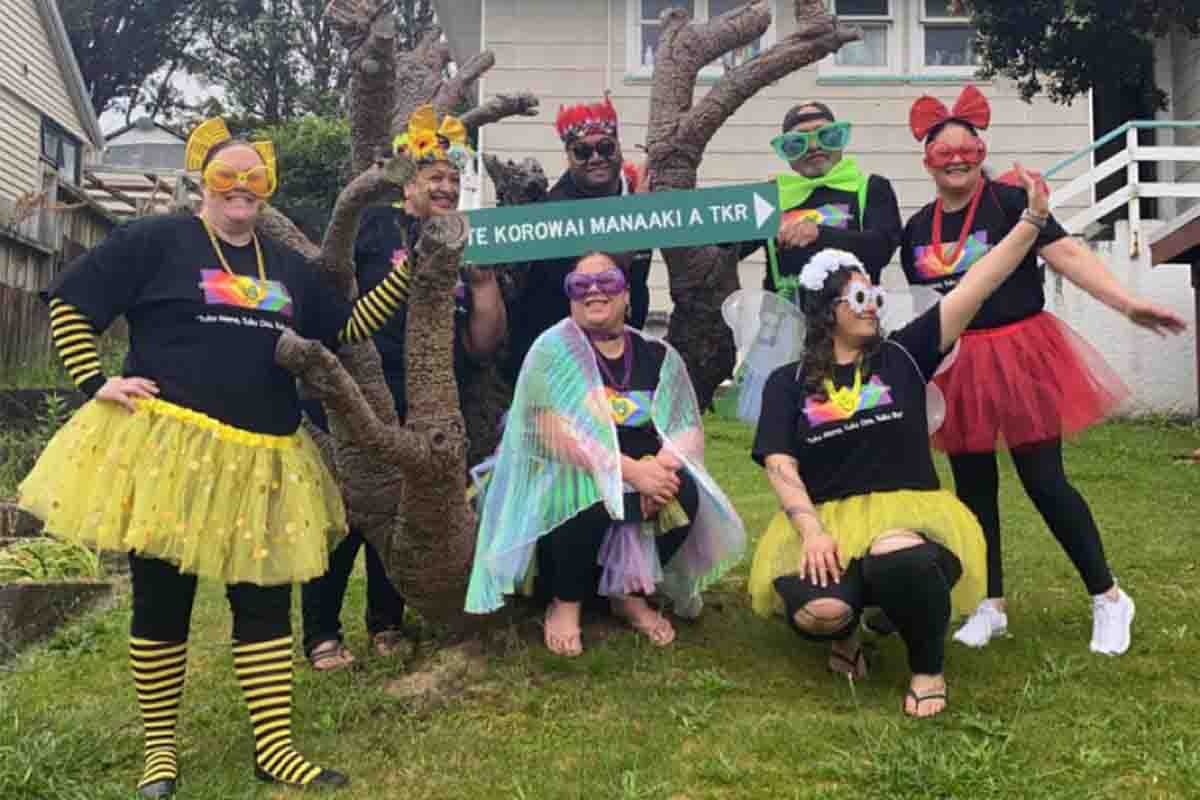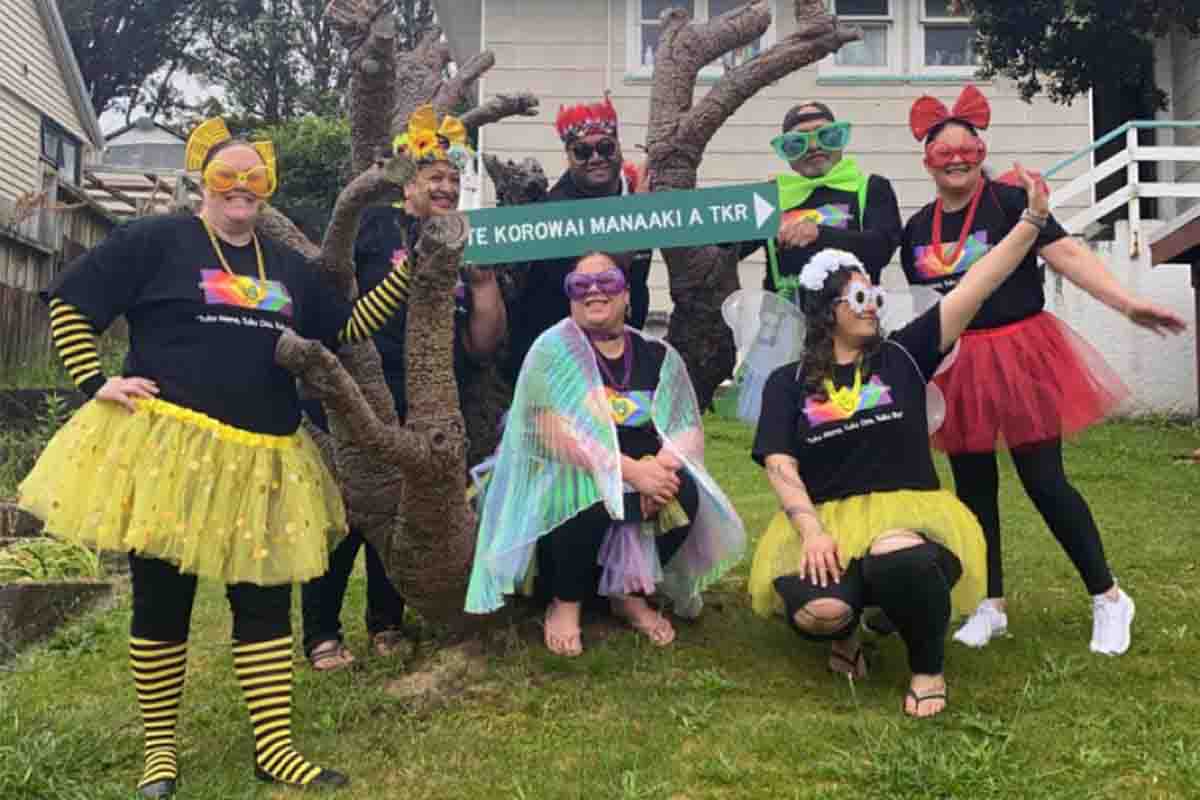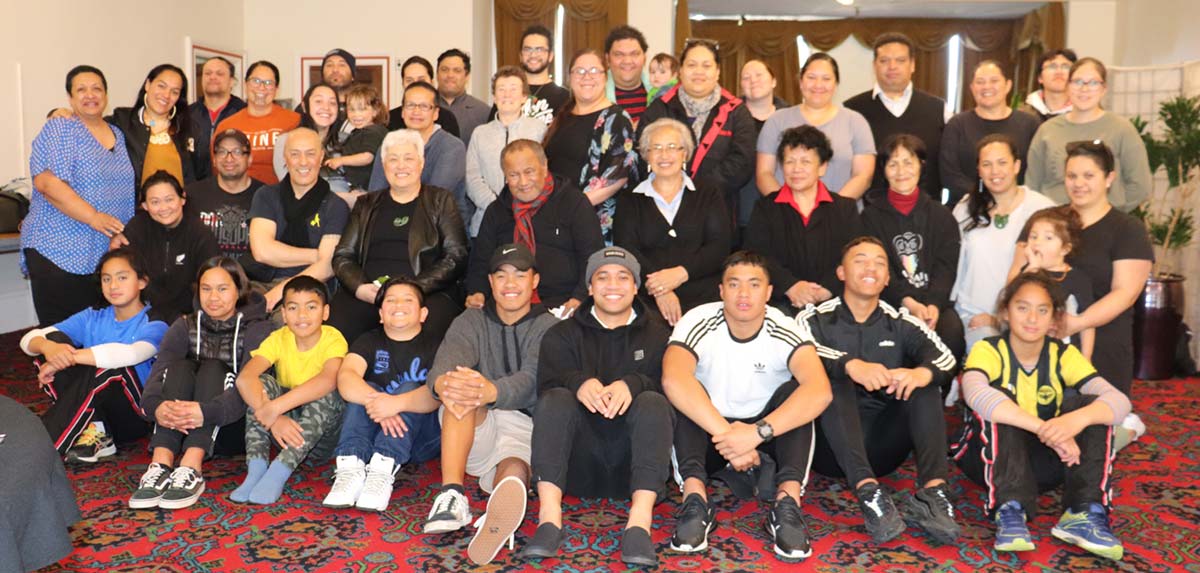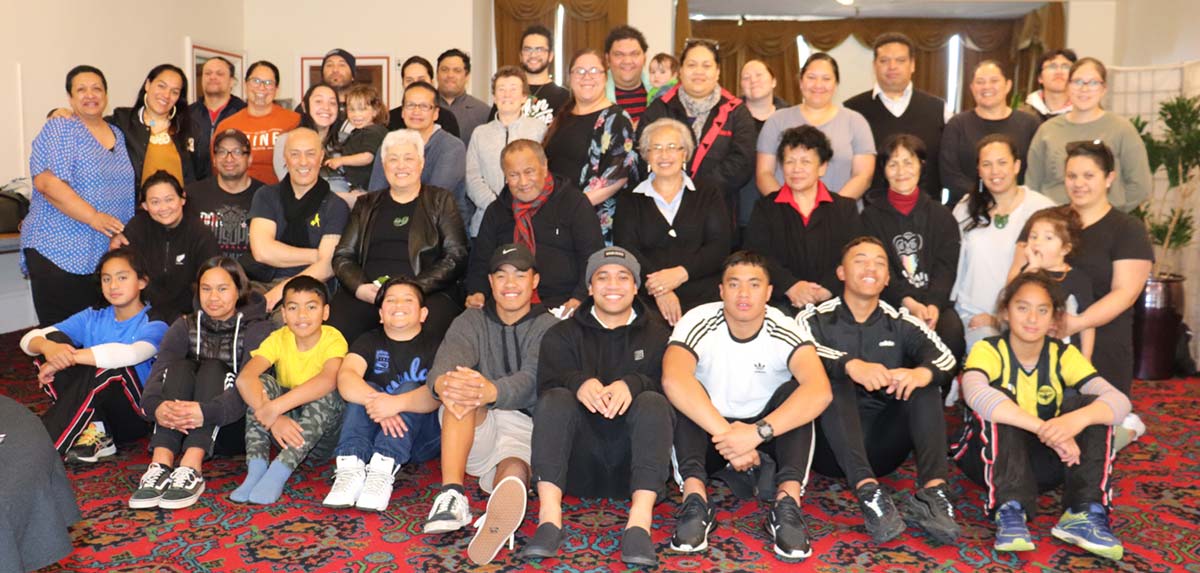
Celebrating 40 years of kōhanga reo

29 April 2022
Hinematioro Nohotima-Duncan is so passionate about her mahi that sometimes she wakes in the middle of the night. Grabbing a pen and paper, she fills the blank space with pictures and words – ideas to help reform and grow the kōhanga reo movement.
40 years ago, the first kōhanga reo in New Zealand opened its doors. Mokopuna of the early years and their parents – many of whom couldn't speak te reo themselves – finally had the option of an early nesting education experience where te reo Māori was spoken fluently, and Māori values prioritised.
Today, there are 480 kōhanga reo throughout Aotearoa. For Hinematioro, who is Curriculum Champion for Te Kōhanga Reo National Trust(external link) and has been part of the movement for 33 years, it's a sure sign that the dream of her ancestors is alive and well.
In 2017, she was part of a team that travelled across the motu to meet with teachers and kōhanga reo families, to hear from them about their dreams and aspirations for the movement.
We had three main goals come from that. First, they wanted to know how to plan a mahere. Second, they wanted to learn how to create and write songs, and lastly – we needed to ensure the survival of te reo Māori.
Those goals helped pave the way for the revitalisation of Te Whāriki a Te Kōhanga Reo.
A dream inspired by those who stood before us
Hinematioro says she is inspired by her ancestors who stood before her and is "fortunate and humbled" to be contributing to their legacy.
"Kōhanga calls our people to be part of the movement to return to the nest – to find out more about who they are. It's a small taste... to pull their umbilical cord back to their inner roots," she says.
Te Whāriki a Te Kōhanga Reo today breaks learning into 12 parts. The first part is all about using birds to inspire learning. A bird call is used by teachers to call tamariki to the mat, and they respond with their own unique sound.
"Just in that little moment we're pulling through from the past about how to respect the leader." she says.
Quoting a proverb from the late Dr Wharehuia Milroy, Hinematioro says the aim is to "bring the language back from the tip of the pen to the tip of the tongue".
'We need each other, a leader is able with a great team'
In every kōhanga, staff care for the tamariki as they would their own. Together, they are whānau.
"I may be the teacher of your child and you see me as a teacher but when you enter through the door of kōhanga reo your baby becomes my baby, your granddaughter becomes my granddaughter. This is the essence of whānau whakahāere, whānau governance," says Hinematioro.
She hopes the passing down cultural knowledge will inspire a shift – back to the way things once were, where we had a village to lean on for support.
Join kōhanga reo on Spotify
Kōhanga reo has a unique Spotify playlist called Te Pae Tuku Kōrero & Te Pae Tuku Aka. Listen along with your pēpi and be part of the movement.
Te Pae Tuku Kōrero I Te Ata (Manu) | Spotify(external link)
Ehara koe i a ia
In celebrating 40 years of kōhanga reo, Hinematioro wants to acknowledge everyone who has contributed to the movement, including those who have passed on and those who are still alive today. Special acknowledgement goes to Te Arikinui Dame Te Atairangikaahu, who passed away in 2006, Dame Iritana Tāwhiwhirangi, who recently celebrated her 93rd birthday, Nanny Henrietta Maxwell, who was a strong advocate for the kōhanga reo movement and Nanny Kuini Moehau Reedy – "our guru of Te Whāriki a Te Kōhanga Reo who continues to inspire us all".
Pakeke , whānau, team, colleagues and Pūoro Mataoraora creators made up of kōhanga reo, kura kaupapa and wharekura tamariki/mokopuna.














